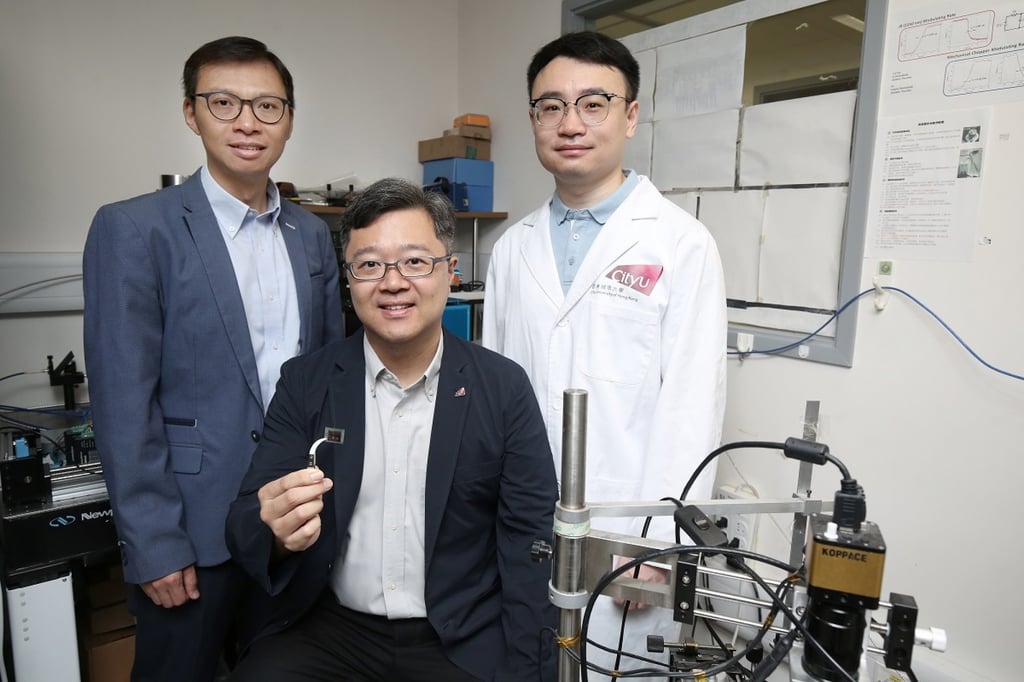Semiconducting nanomaterial for curves holds promise for Internet of Things and wearables, says Hong Kong-led team
- Scientists say nanomesh can be made at much lower temperatures than existing semiconductors and on common materials such as paper and plastic
- The researchers used tellurium, a semi-metallic element that can be mixed with other metals to form alloys

The team from City University of Hong Kong, the Changchun Institute of Optics, Fine Mechanics and Physics at the Chinese Academy of Sciences, the University of Electronic Science and Technology of China, Zhengzhou University, Beijing University of Technology and Kyushu University in Japan published their findings in the peer-reviewed journal Nature Communications in April.
Semiconductors are silicon-based devices made up of hundreds of millions, and in some cases billions, of transistors, which act as tiny “switches” to control the movement of electrons.

A semiconductor conducts electricity under some conditions but not others, making it a good medium to control electrical current. Most of the world’s semiconductors, also known as integrated circuits or microchips, are made from pure elements such as silicon extracted from sand.
